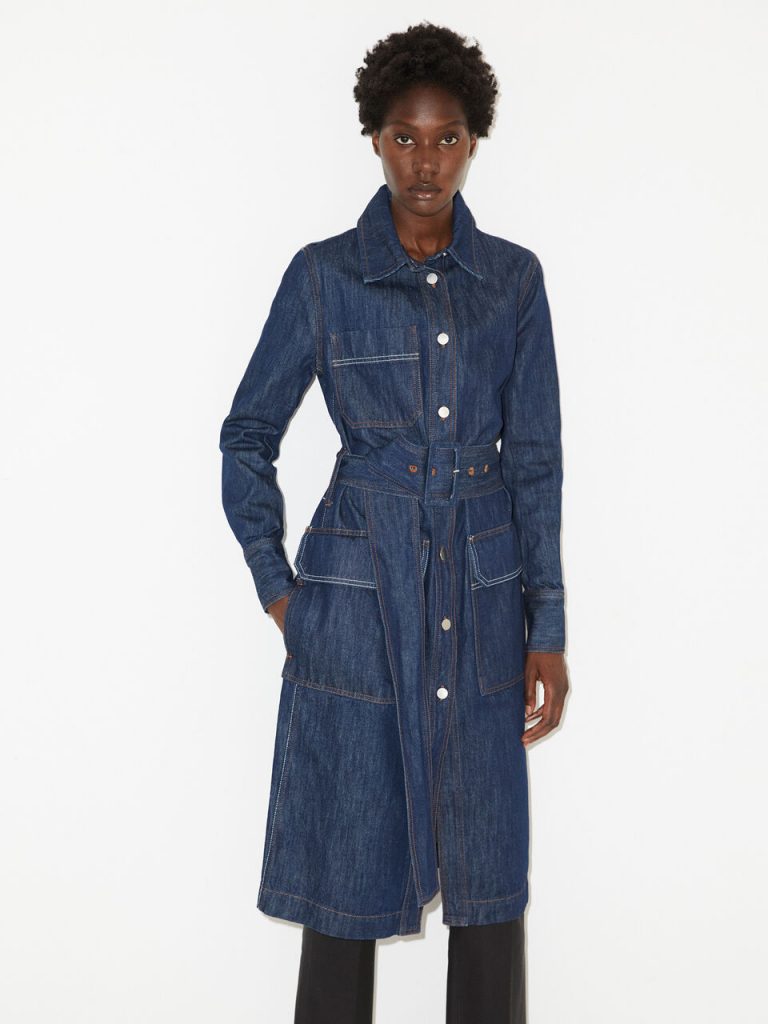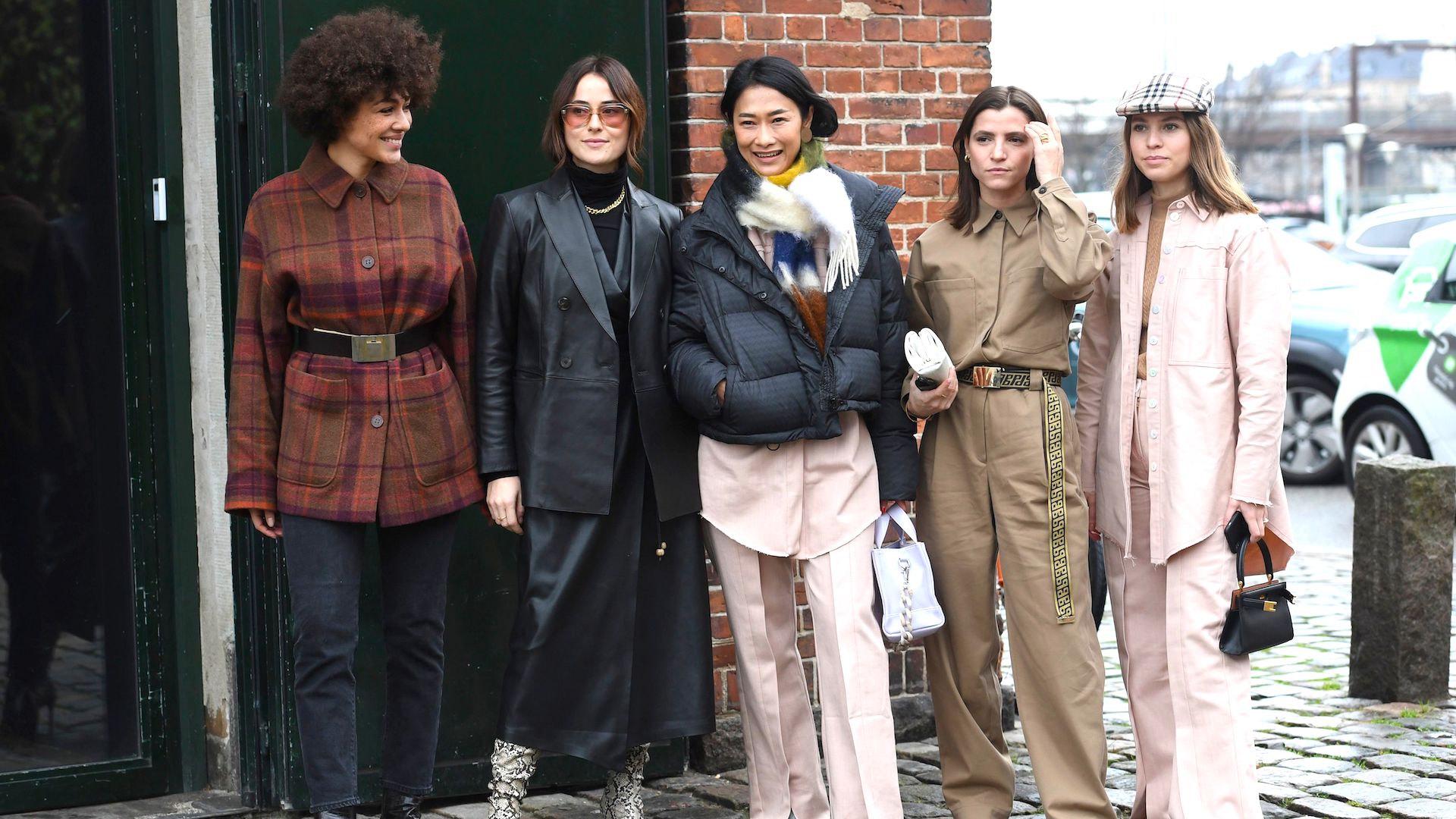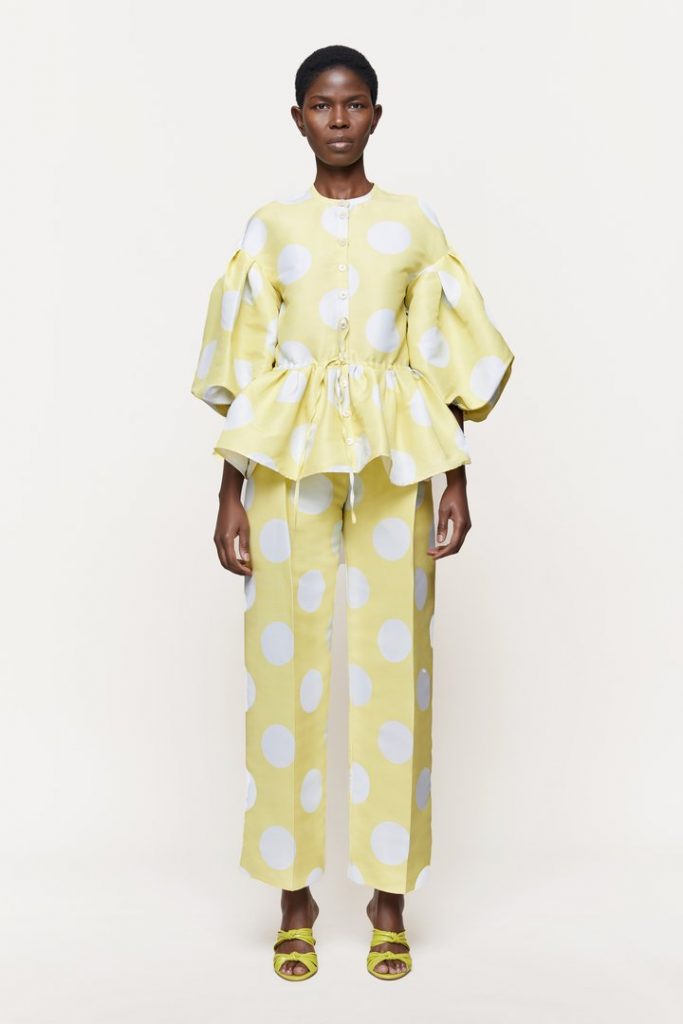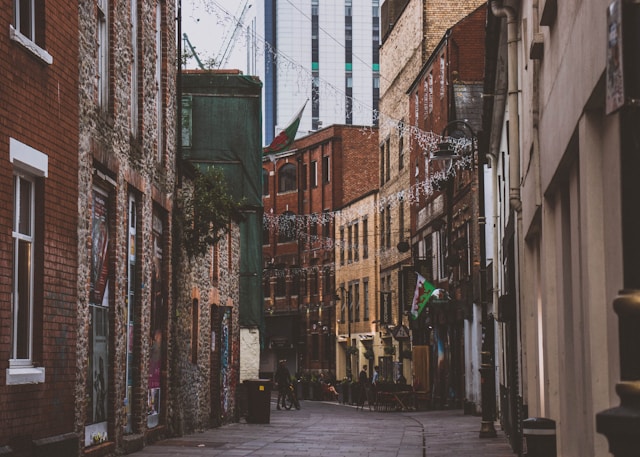By Meg Burgess
Simplicity, elegance and well-cut design – these are the easy calling cards of Scandinavian fashion, which is taking the fashion world by storm. Danish fashion is fast becoming one of the front runners of the sustainability movement, where designers are placing even more emphasis on environmentally friendly fashion. This comes at a perfect time in the global fashion movement, where consumers are turning to sustainable brands, which aim to leave the smallest carbon footprint on the planet as possible. It is no secret that the fashion industry is one of the biggest polluters; third to the energy and transportation industries. So the question on every consumer’s mind – how can we lessen our impact whilst still feeling confident?
One of Copenhagen Fashion Weeks key statement is:
“All industry players ÔÇô including fashion weeks ÔÇô have to be accountable for their actions and be willing to change the way business is done. The timeframe for averting the devastating effects of climate change on the planet and people is less than a decade, and we’re already witnessing its catastrophic impacts today. Put simply, there can be no status quo. Copenhagen Fashion Week is the cultural and commercial meeting place of the Scandinavian Fashion Industry. This gives us an enormous responsibility and the potential to create impactful change in the industry at large. By taking this direction we go from being a traditional event to being a platform for industry change.”
One designer that I believe is at the forefront of the sustainability movement is Danish designer Stine Goya, who will be featuring her SS20 collection at Copenhagen Fashion Week. Originally established in 2006, she has mainly focused on the combinations of colour and print. Goya states that; “colours are an inexhaustible source of inspiration; an almost raw material I love to develop further.” Her SS20 collection includes bright pieces that feature the combination of colour blocking and floaty feminine silhouettes. It draws inspiration from the ballroom scene, but elevates it onto a whole new scale. “For SS20, I focused on the extremes of my design process – looking at classic styles, fabrications and turning them completely on their head, to create a look that captures the distinct aesthetic of House of Goya.”
One of the pieces I find particularly striking is the combination of the Ferrah Showpiece Top and Chet Showpiece Pants. Already eye-catching in pastel yellow patterned with white polka dots, the design exaggerates the feminine silhouette by including extreme balloon sleeves and a peplum skirt. However, Stine Goya balances this out with wide-leg trousers, creating a voluminous tailored fit at the waist to accentuate it. This balance of silhouette and colour is a calling card of Scandinavian fashion. What makes this piece particularly interesting is that both the top and the trousers are made of 100% recycled polyester fabric. Not only does this give the fabric more quality, but it makes the piece sustainable. However, at a combined price tag of ┬ú755, it isn’t exactly accessible for the everyday consumer.
However, the Danish brand ÔÇÿBy Malene Birger’ gives more affordable options for consumers wanting to own a luxury designer piece. Current creative director Mathilde Torp Mader aims to bring Scandinavian design principles to the rest of the world, always including different lifestyles and age groups. This mindset is also a key aspect of Scandinavian fashion – one which aims to combine functionality with aesthetic. Much of ÔÇÿBy Malene Birger’s design is influenced by men’s tailoring, giving a timeless and clean aesthetic.

This can be seen in the ÔÇÿLaney’ jacket, currently retailing at ┬ú112, which is a longline denim jacket featuring a large collar (reminiscent of men’s jackets) with big buttons running down the centre and large pockets. However, to feminise a stereotypically masculine piece, a belt made of matching denim fabric has been added to give definition to the waist. The jacket is also made of sustainable fabric; including 87% organic cotton and 13% recycled cotton, and has been given the Nordic Swan Ecolabel – a label which proves that the garment conforms to the sustainability criteria. This is important because the production of cotton is one of the biggest environmental polluters, with an average of 10,000 litres of water needed to make 1kg of cotton.
Combining simplistic design and colour with sustainable fabric makes Scandinavian fashion very attractive to the everyday consumer. By high-end fashion brands starting to implement sustainable fabrics in their clothes, it sets an example to the rest of the fashion world – particularly those regarded as fast fashion brands like ASOS and Boohoo. If the rest of the fashion industry were to take a similar approach as these Danish brands, perhaps we could enter a new era of fashion – one which is more friendly to the world we live in.




